One of the interesting parts of this morning's Ovi Maps announcement was the addition of the Lifecasting code to the Ovi Maps. On the surface of it, the functionality is not a huge addition to the repertoire of the handset – you can already upload a photo and status message to Facebook, and tell your friends where you are with some geo-tagging. But of course putting this all under one button, and available when you take the phone out the box means it is going to be used far more than using the Gallery app to upload a photo via email to a specially crafted address with some relevant text in the body of the message.
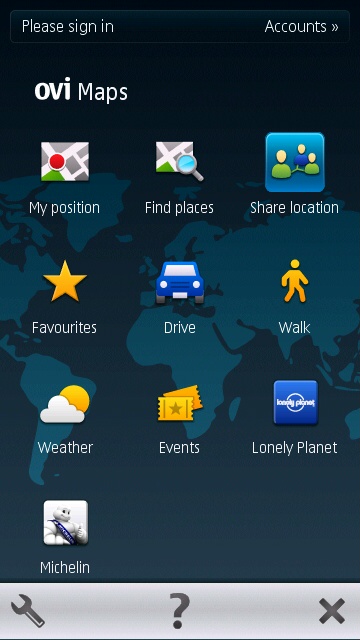

But this is more than a cute little way to make nice with Facebook, this is addressing one of the emerging markets of the 2010. Geo-location is starting to be leveraged by many companies in the start-up scene who are recognising that people are happy to reveal their location if they believe there is some value in doing this. Foursquare is a notable entrant here – by grafting game mechanics onto your reporting (you score points for finding new places and badges by doing special tasks, e.g. checking into a venue tagged with “Karaoke” four times gets you the 'Gleeky' “Don't Stop Believing” badge). There is a genuine buzz in the air, and lots of people are trying to work out what to do with GPS-enabled phones.
It's also been looked at by larger companies. Google added personal tracking and status updates to Google Maps with Google Latitude last year but it never caught on in the ways some people (e.g. Steve!) expected. I suspect that the Latitude experience has been noted by Nokia and thus their approach is doing the opposite to what Google did, as you'll see below.
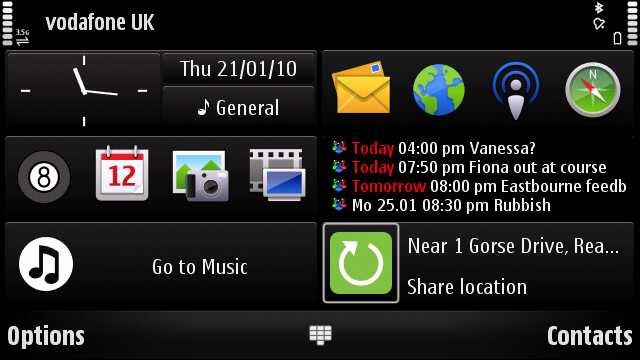
The most important thing about Lifecasting is that it is connected at both ends. On the handset, not only is it part of the Ovi Maps application (which is going to be shipping in every GPS-enabled handset, as per the rest of today's announcements), but you can also have it appearing on your home screen as a widget. Making this incredibly accessible, instead of hidden away as a menu option in a third party application almost guarantees that people will use the the Lifecasting part of Ovi Maps. Currently only available on the N97 mini, I'd expect to see homescreen plug-ins for all devices in the future.
Consider the prominent placement the widget gives, and now match this up with being included on every Ovi Maps-enabled phone... That's expected to be 27 million devices this year, all shipping with one touch sharing of where you are, the prompting to take a picture, and then letting you tell your friends through Facebook, the biggest established social network in the world.
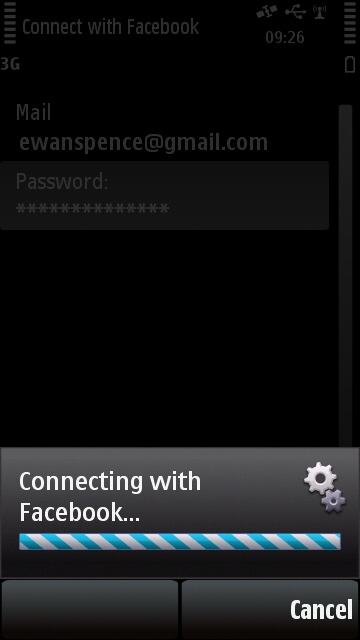
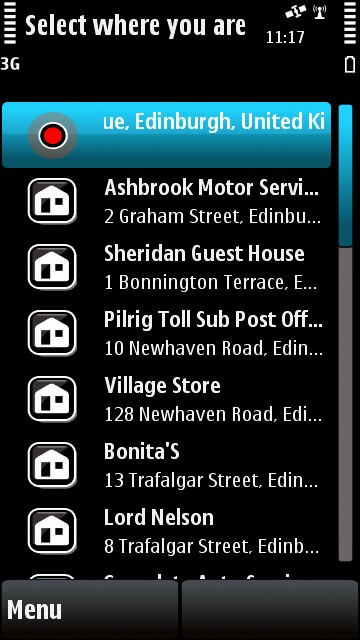
Because the Facebook connection is the second big thing to note. Latitude did not have a social group for you to immediately plug into and receive feedback from people. You had to scour your address book online and ask for friendship connections to be made. Here, you plug straight into something you've likely been building for years – and you don't have to rely on other people in your network having the same phone or application as you have.
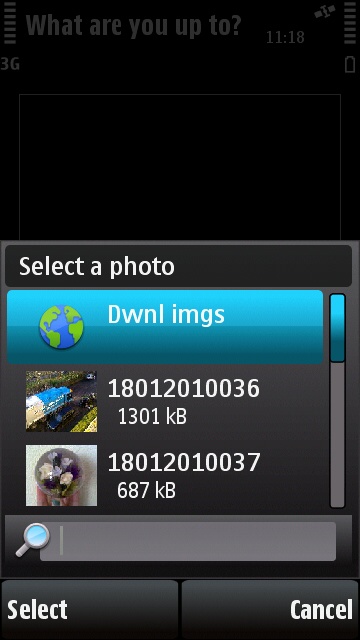
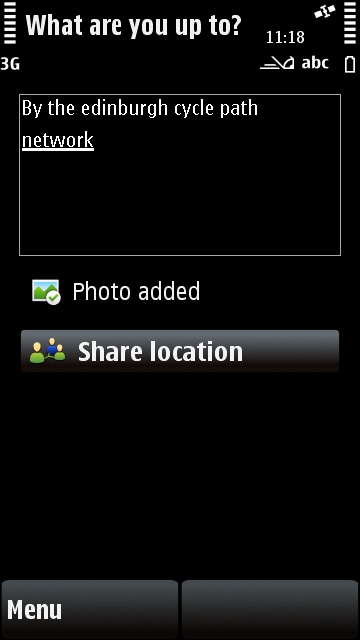
Also worth pointing out is the sheer volume of relevant data that Nokia's purchase of Navteq has provided them. Whenyou share your location you do have the option of simply posting “I am near this street” but Ovi Maps also lists all the nearby places of interest, giving context to your location, speeding up the check in process, and making this sharing as easy as possible – anything that becomes a chore on your mobile will quickly be ignored. Is it as useful as the old man on the street corner who knows everything? It's very close to it, and has the added bonus of letting you tell people where you're having coffee.
So you have the volume of phones using this service, plus the volume of people who will be exposed to it through Facebook, and you have a strong potential ecosystem. And Nokia have something else.
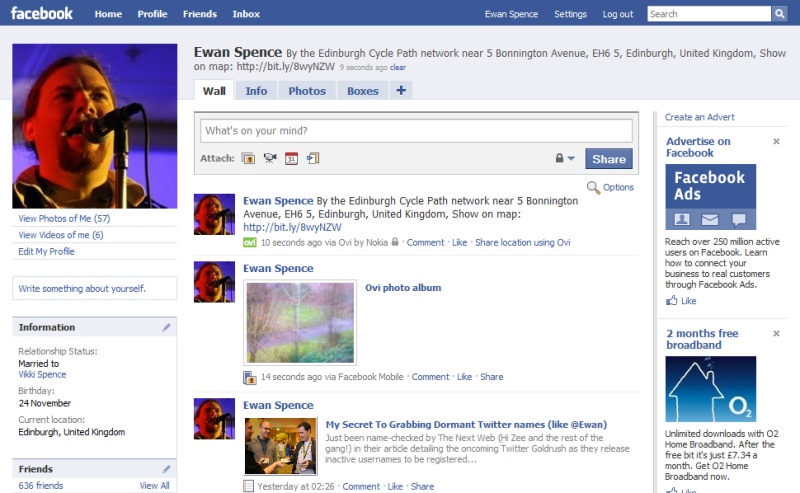
The so-called social graph, that new mythical phrase in Web 2.0 that represents what you are doing and how you are doing it, now has an additional component... where you are when you are doing it. This use of location has been seen before by Nokia (e.g. the promise that the Ovi Store will take into account your location to deliver relevant software) but now the promise is starting to be delivered in an elegant way that the mass market can get behind.
Yes, there are still issues – the home screen widget needs to be globally available and not just on the N97 mini; there needs to be a tighter integration of this into Nokia's existing Facebook application (that's hopefully going to come in later firmware releases as it is a system-wide change, not just one application); and Nokia need to get the rest of their devices into the programme as soon as possible (they've promised to do so for all phones that ship from mid-March); and most importantly they need to open up the programme so other networks (such as Twitter or smaller companies like Foursquare) can be added to the sharing list. It might be an idea to back-port at least the sharing element of Ovi Maps to existing devices like the venerable N95 and aging-rapidly(!) N97 to get that volume effect.
While the impact of navigation and GPS has been recognised this morning, the Web 2.0 impact of sharing in such a simple way should not be forgotten. When this feature was pre-announced at Nokia World, I thought that the name Lifecasting carried a little bit too much promise and was too powerful a name for a simple “I'm here” service.
But that's the whole point. One of the major uses of voice calls on mobiles is to ask “where are you?” More and more people are sharing information online everyday, and it's those people who will be instantly comfortable finding out where someone is not by a voice call, but by just glancing at a screen and spotting a flashing icon with the message “getting ready to share a tripe shot latte” beside a name.
That's why Lifecasting is a key strategy in the software and services world that Nokia is hoping to conquer. Perhaps it's better if nobody recognises what they're up to, but they are making progress to becoming a 21st century technology company, even if the online reporters ignore the signs.
-- Ewan Spence, Jan 2010.
